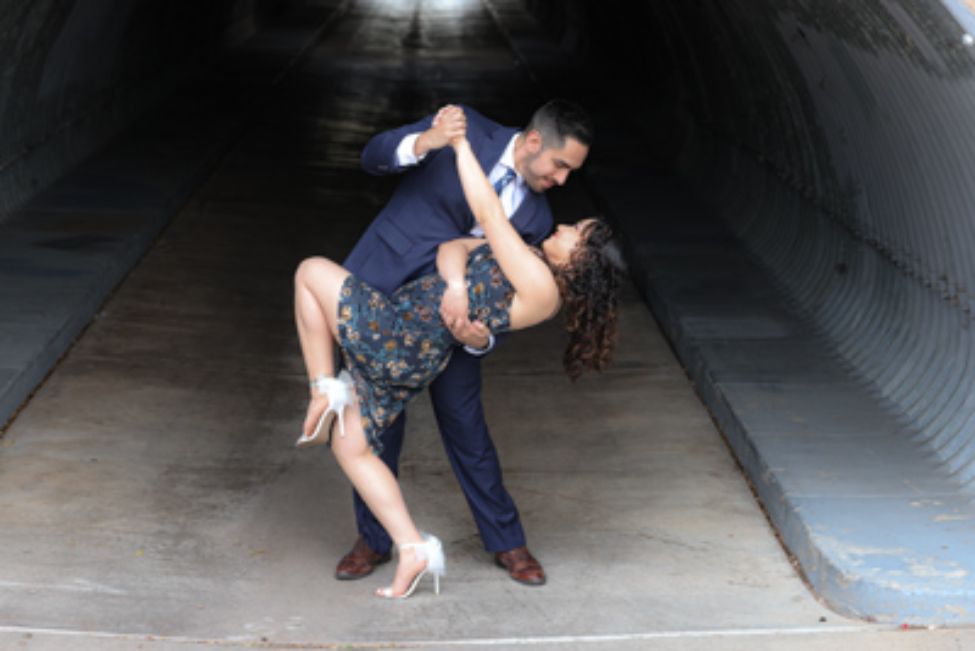I need a ________ that’s reasonably priced…
I am looking for a __________ with decent rates…
I am looking for ________ that won’t cost an arm and a leg…
I need _________ that won’t break the bank…
I need ________ cheap…
I want _______ but I’m on a budget…
As a small business owner, I am intrigued by these idioms. I see and hear them daily and I wonder why people don’t just say what they want to spend? Or give a range of what they would like to spend? I have very clear pricing in my business and I am also willing to work with people’s budgets. What this means, though, is that if your budget is less than my rate, you get less in exchange.
I am not talking to the consumer who never says these things – chances are, that consumer isn’t concerned with price. But I am super curious what these idioms mean to the people who use them?
What the heck constitutes “reasonable” or “decent” or even “cheap?”
People asking these questions must have a price in mind that they’ve deemed reasonable or decent or cheap – so what makes a price any of these things? And how can anyone else know if you don’t share that price with them?
According to The Ascent, in November 2020, the average American household debt was $145,000. Total household debt in Q3 of 2020 was $14.35 trillion. I am not saying that I am a master of money by any stretch but I think that there’s a correlation between our inability to ask for what we want financially and our debt problem. By using vague terms to describe what we would like to pay rather than exact, or even a range of, figures, we are contributing to an ever growing divide between what we want and what we can afford.
The idioms that get used to talk about money further our detachment to what is actually the case financially. I believe that we are not connected to what we have (in our bank accounts) and to what we don’t have (our debts) and therefore we cannot be connected to the value of what we want.
If you are one of the people who uses these idioms, I’d love to know why. And I’d like to suggest that next time you ask for a painter, a landscaper, a contractor, or a photographer, etc., you consider stating what range you would like to pay instead of using one of these imprecise and unnecessary idioms. It may take a minute for you to get related to what you would like to pay, as well as to what you can afford to pay, but that work will be worth it in the end in securing the best candidate for your budget.
And for future reference, according to Henry & Beaver, Attorneys at Law, Nevada has the highest compensation for the loss of an arm at $859,634, while Alabama is ranked last with an average compensation at $48,840. The compensation for the loss of a leg is higher with the top compensation rate of $543,367 for federal employees, which is well over the national average of $153,221.
So even the cost of an arm and a leg is relative. It benefits us all, consumers and businesses alike, to be specific in what we want and in how much we want to pay for what we want.


